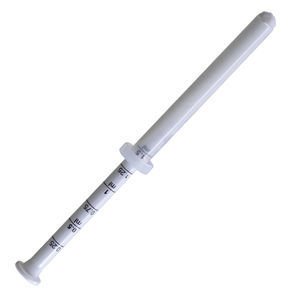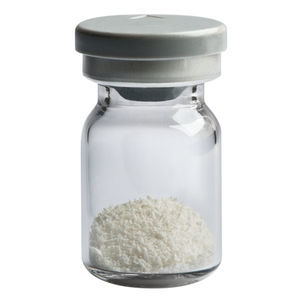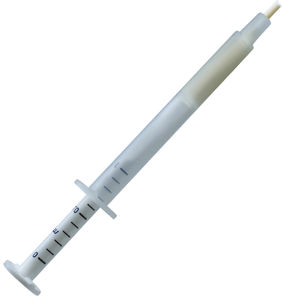
- Dental
- Dental practice
- Xenograft bone substitute
- Tecnoss Dental

- Products
- Catalogs
- News & Trends
- Exhibitions
Xenograft bone substitute Lamina®for dental sugeryrigid

Add to favorites
Compare this product
fo_shop_gate_exact_title
Characteristics
- Type of graft
- xenograft
- Use
- for dental sugery
- Shape
- rigid
Description
Tissue origin :
Cortical bone
Tissue collagen :
Preserved
Physical form :
Lamina soft: semi-rigid flexible dried lamina
Lamina: rigid dried lamina, flexible after re-hydration
Composition :
100% cortical bone
Thickness :
0.5 mm (±0.1 mm)
0.7 mm (±0.1 mm)
1.0 mm (±0.1 mm)
3 mm (±1 mm)
Packaging :
0.5 mm: 25x25 mm, 25x35 mm (oval)
0.7 mm: 35x15 mm
1.0 mm: 35x35 mm (Curved), 20x40 mm
3.0 mm: 30x30 mm
Characteristics
Lamina barriers are made of cortical bone of heterologous origin produced with an exclusive Tecnoss® process that avoids the ceramization of hydroxyapatite crystals, thus allowing gradual resorption. After a process of superficial decalcification, Lamina soft acquires an elastic consistency, nevertheless maintaining the typical compactness of the bone tissue from which it originates; the margins are soft in order not to cause micro-traumas to the surrounding tissues. Curved soft Lamina has a semi-rigid consistency and should be grafted without hydration, provided that it is previously shaped to fit the defect morphology. Rigid Lamina undergoes a process of superficial semi-decalcification (50% vs Lamina soft) therefore increasing its consistency, typical of the cortical bone tissue
Handling
Lamina soft soft can be shaped with sterile scissors until the desired size is reached, then it must be hydrated for 5/10 minutes in sterile physiological solution. Once it acquires the desired plasticity, it must be adapted to the grafting site; it should always be immobilized either with titanium microscrews or sutured (fine model) directly to the surrounding tissues with a triangular section non-traumatic needle.
VIDEO
*Prices are pre-tax. They exclude delivery charges and customs duties and do not include additional charges for installation or activation options. Prices are indicative only and may vary by country, with changes to the cost of raw materials and exchange rates.






